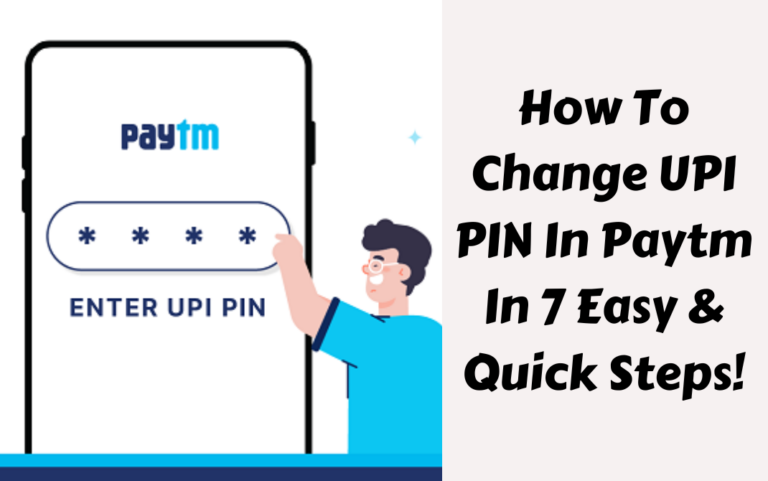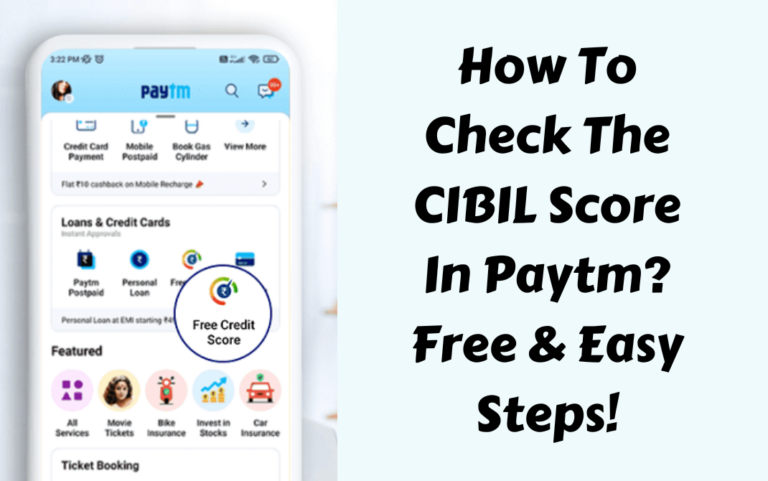BharatPe is an Indian financial technology company that provides merchants with digital payment solutions. Founded in 2018, it aims to empower small businesses and Kirana store owners with robust payment infrastructure and working capital.
BharatPe offers a QR code-based payment solution that allows merchants to accept payments from any UPI app. It also provides access to collateral-free loans and financial services tailored for small businesses. Let’s look at why merchants should use BharatPe and how to find BharatPe merchant ID, along with the crucial details.
Why Use BharatPe?

BharatPe aims to empower small businesses and merchants by providing them with digital payments and financial services.
Benefits
- Zero fees – BharatPe does not charge any hidden fees or commissions. Merchants can start accepting payments for free.
- Access to loans – Merchants can avail of collateral-free loans at competitive interest rates based on their transaction history.
- Increased sales – Digital payments make transactions convenient for customers. This can result in higher sales for merchants.
Also Read: How To Open A Paytm Account In 10 Easy & Quick Steps!
Target Customers
- Small businesses – Shops, retailers, merchants in tier 2/3 cities.
- Shopkeepers – BharatPe is ideal for small Kirana stores and local businesses.
- Retailers – Any merchant selling goods or services directly to consumers.
Finding BharatPe Merchant ID
The unique merchant ID helps access and manage your BharatPe account. Here are some ways to find it:
Method 1: Logging In
- On the BharatPe login screen, enter your registered mobile number.
- An OTP is sent to your mobile number, which needs to be entered to log in.
- Once logged in, the homepage displays your 12-digit BharatPe merchant ID on the top.

Method 2: Account Dashboard
- The account dashboard can be accessed from the app’s side menu.
- Key account information like the merchant ID, linked bank account, total balance, etc., are visible here.
- The dashboard also shows vital statistics on total revenue, number of transactions, settlements, etc.

Other Ways to Find ID
- Navigate to Settings > Profile from the side menu to view your merchant ID and account details.
- The merchant ID is printed on receipts generated for every transaction.
- It is also included in account statements and settlement reports, which can be downloaded.

How To Use BharatPe Merchant ID
Knowing your BharatPe merchant ID helps with the following:
- Adding bank account – The ID needs to be entered while linking another bank account.
- Raising support tickets – The merchant ID helps BharatPe identify your account details.
- Communication with support – You need to provide the ID for any account-specific queries.
- Managing account – The merchant ID helps access and manage all account settings.
Also Read: How To Increase PhonePe Limit Using 4 Working Methods!
Managing BharatPe Account
Merchants can manage their BharatPe account directly from the mobile app.
1. Profile Settings
- Update business information like name, category, etc.
- Add locations – register multiple business sites.
- Change account password and security settings.
2. Transactions
- View detailed transaction history and statements.
- Export statements as PDFs for record keeping.
- Raise disputes and refunds for problematic transactions.
3. Support
- Access FAQs and community forums for assistance.
- Raise support tickets for individual queries.
- Contact information is available for phone/email support.

Getting Started with Payments
Once registered, merchants can start accepting digital payments from customers using BharatPe’s solutions.
1. QR Code
- A static QR code is assigned to each merchant account, which remains the same. Customers can scan this to make payments.
- Merchants also have the option to generate a dynamic QR code, which keeps changing for each transaction. This adds an extra security layer.
- The QR code can be printed on bills, invoices, payment counters, etc. It can also be displayed digitally on screens. This enables customers to scan and pay easily.
- For added convenience, merchants can share their QR code on WhatsApp or SMS. Customers can pay by scanning the QR code received directly on their phones.

2. Accepting Payments
- Customers can pay by scanning the BharatPe QR code through any UPI app like Paytm, PhonePe, Google Pay, etc. Cross-app compatibility makes it convenient.
- Merchants receive real-time notifications as soon as payments are made. The amount is instantly credited to their connected bank account.
- The app provides detailed reports on all transactions, customer details, payment mode, and settlement status. Merchants get a transparent overview.
- BharatPe charges a low processing fee of up to 0.4% per transaction. There are no hidden charges.
3. Settlements
- Settlements include daily consolidated payout for all transactions done in the last 24 hours.
- Instant transfer facilities are available for urgent settlements. Funds get credited within 30 minutes.
- Settlements can be tracked in real-time from the app. Merchants get notified as soon as the money hits their bank account.
- Detailed settlement reports provide a transaction-wise breakup of settlements. This helps with reconciliation.
- Low processing charges up to 0.4% per transaction. There are no hidden fees.
Also Read: Where Is The UTR Number In Google Pay & How To Find It?
Conclusion
The BharatPe merchant ID serves as the unique identity for each account. Knowing the ID helps in managing the account, contacting support, and enabling additional services.
With BharatPe, small businesses can start accepting digital payments, avail financing options, and find tailored solutions for growth. The app aims to help merchants adapt to a less-cash economy.






